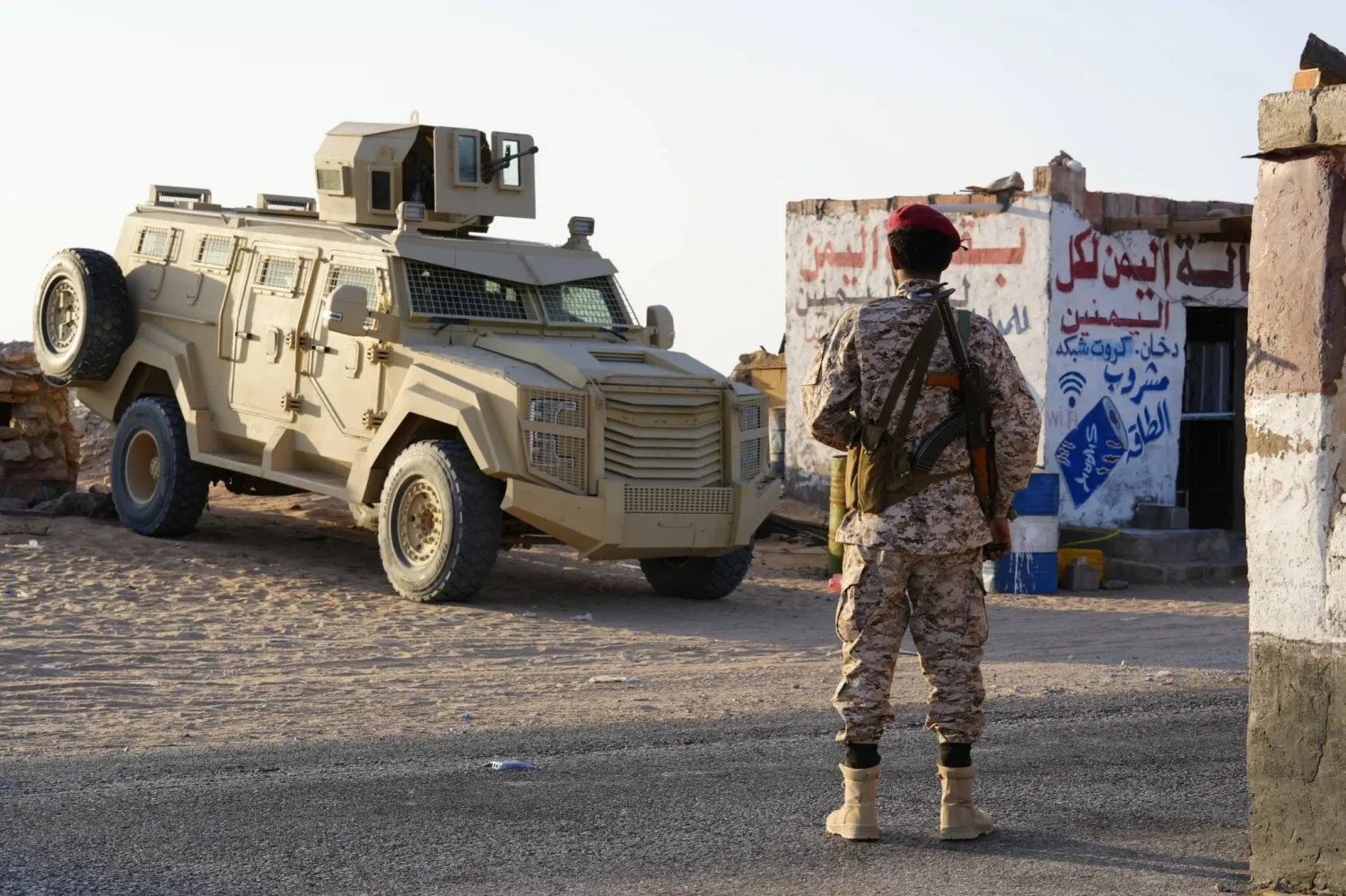Amnesty International said on Thursday that Israeli strikes that killed Reuters journalist Issam Abdallah and injured six others in south Lebanon on Oct. 13 were likely a direct attack on civilians that must be investigated as a war crime.
Human Rights Watch, in a separate statement, said the two Israeli strikes were "an apparently deliberate attack on civilians and thus a war crime.”
A Reuters investigation published on Thursday found an Israeli tank crew killed Abdallah and wounded the six other reporters by firing two shells in quick succession from Israel while the journalists were filming cross-border shelling from a distance.
The crew fired two shells in quick succession from Israel while the journalists were filming cross-border shelling, the Reuters investigation has found.
The two strikes also severely wounded Agence France Presse (AFP) photographer Christina Assi, 28, just over a kilometer from the Israeli border near the Lebanese village of Alma al-Chaab.
Reuters spoke to more than 30 government and security officials, military experts, forensic investigators, lawyers, medics and witnesses to piece together a detailed account of the incident.
The news agency reviewed hours of video footage from eight media outlets in the area at the time and hundreds of photos from before and after the attack, including high-resolution satellite images.
As part of its investigation, Reuters also gathered and obtained evidence from the scene including shrapnel on the ground and embedded in a Reuters car, three flak jackets, a camera, tripod and a large piece of metal.
The Netherlands Organization for Applied Scientific Research (TNO), an independent research institute that tests and analyses munitions and weapons for clients such as the Dutch defense ministry, examined the material for Reuters at its laboratories in The Hague.
TNO's key findings were that the large piece of metal was the tail fin of a 120 mm tank round fired by a smoothbore tank gun positioned 1.34 km away from the reporters, across the Lebanese border.









